Understanding Draws in Chess
A draw is one of the outcomes of a chess game where neither player wins. Knowing when a chess game is declared a draw is crucial for players at all levels because it affects their strategy and can often save them from a loss. Draws in chess can occur under several conditions, each backed by specific rules. Here, we will explore these conditions in detail.
1. Stalemate
Stalemate occurs when the player whose turn it is to move is not in check but does not have any legal move left. The game is immediately declared a draw. Stalemates often occur unexpectedly, turning a likely victory into a draw.
2. Insufficient material
This situation happens when neither player has enough pieces to checkmate the opponent. Examples include:
- A king versus a king
- A king and bishop versus a king
- A king and knight versus a king
- A king and two knights versus a king, where the lone king is not checkmated by force
In these scenarios, since a checkmate is impossible, the game is declared a draw.
3. Threefold repetition
A threefold repetition draw occurs when the same position is repeated three times with the same player to move and with the same possibilities of moves. Players must claim this draw and may use their scoresheet to prove the repetition or ask for an arbiter's assistance in digital games.
4. The fifty-move rule
Under the fifty-move rule, a player can claim a draw if no capture has been made and no pawn has been moved in the last fifty moves by each player. This rule prevents indefinite prolonging of games where one side attempts futile manoeuvres to win.
5. Draw by agreement
Players can mutually agree to a draw at any stage of the game. Competitive players carefully consider such offers, as prematurely agreeing to a draw could forego a potential win. Draw by agreement is the most common type of draw in professional chess.
6. Dead position
A dead position occurs when no series of legal moves can lead to checkmate, theoretically. This is different from insufficient material as it includes positions where material exists but checkmate is not achievable.
7. Fivefold repetition and the seventy-five-move rule
Similar to the threefold repetition and fifty-move rule, the game is automatically drawn if the same position occurs five times (fivefold repetition) or if seventy-five moves have been made by each player without a capture or a pawn move (seventy-five-move rule).
Strategic Implications of Draws
Understanding the conditions under which a draw can be declared is essential for strategic planning in chess. Top players often use these rules to their advantage, especially in tournament settings where the difference between a draw and a loss could impact their standings significantly. Beginners can also improve their game understanding substantially by learning when and how to concede a draw.
Conclusion
While winning remains the ultimate goal, recognizing when a chess game is likely to end in a draw is an important skill. It allows players to maximize their points in tournament play, and conserve energy for more winnable games. Draws are integral to strategic play in chess, influencing the game from the opening moves to the endgame.
Explore our large collection of luxurious chess sets!


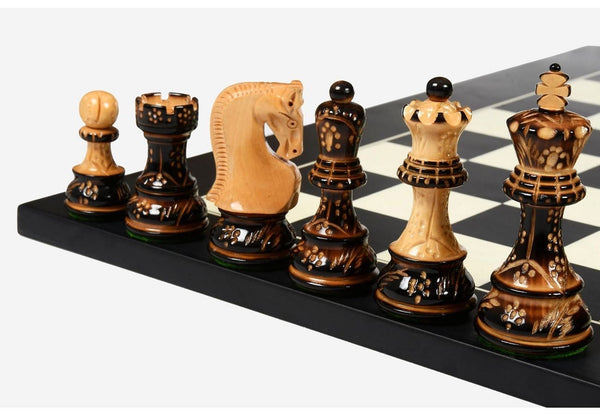

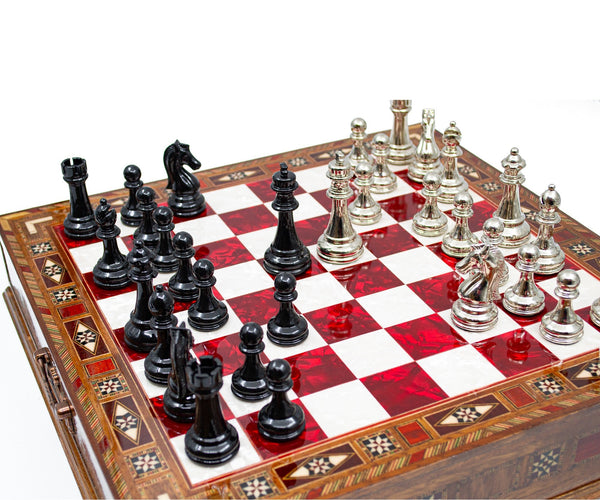
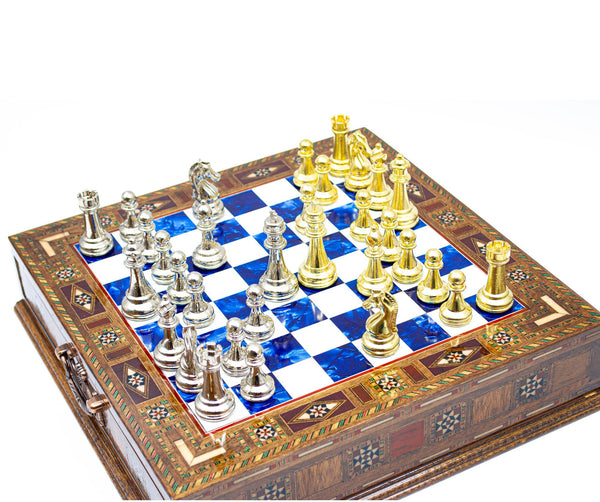
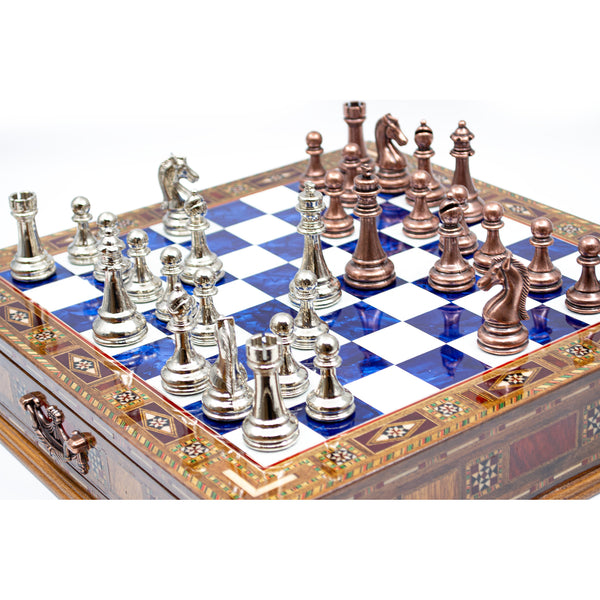
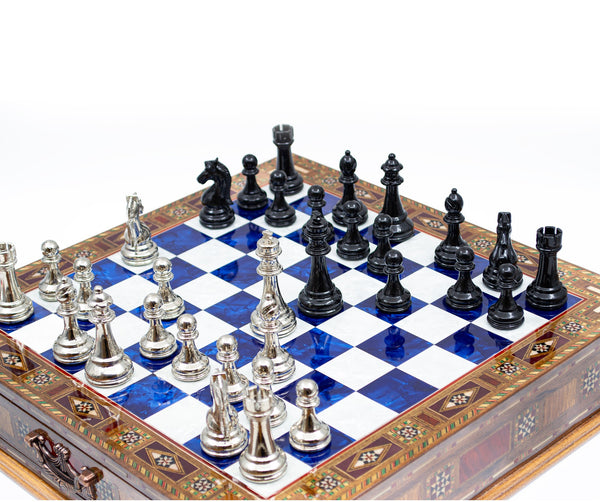



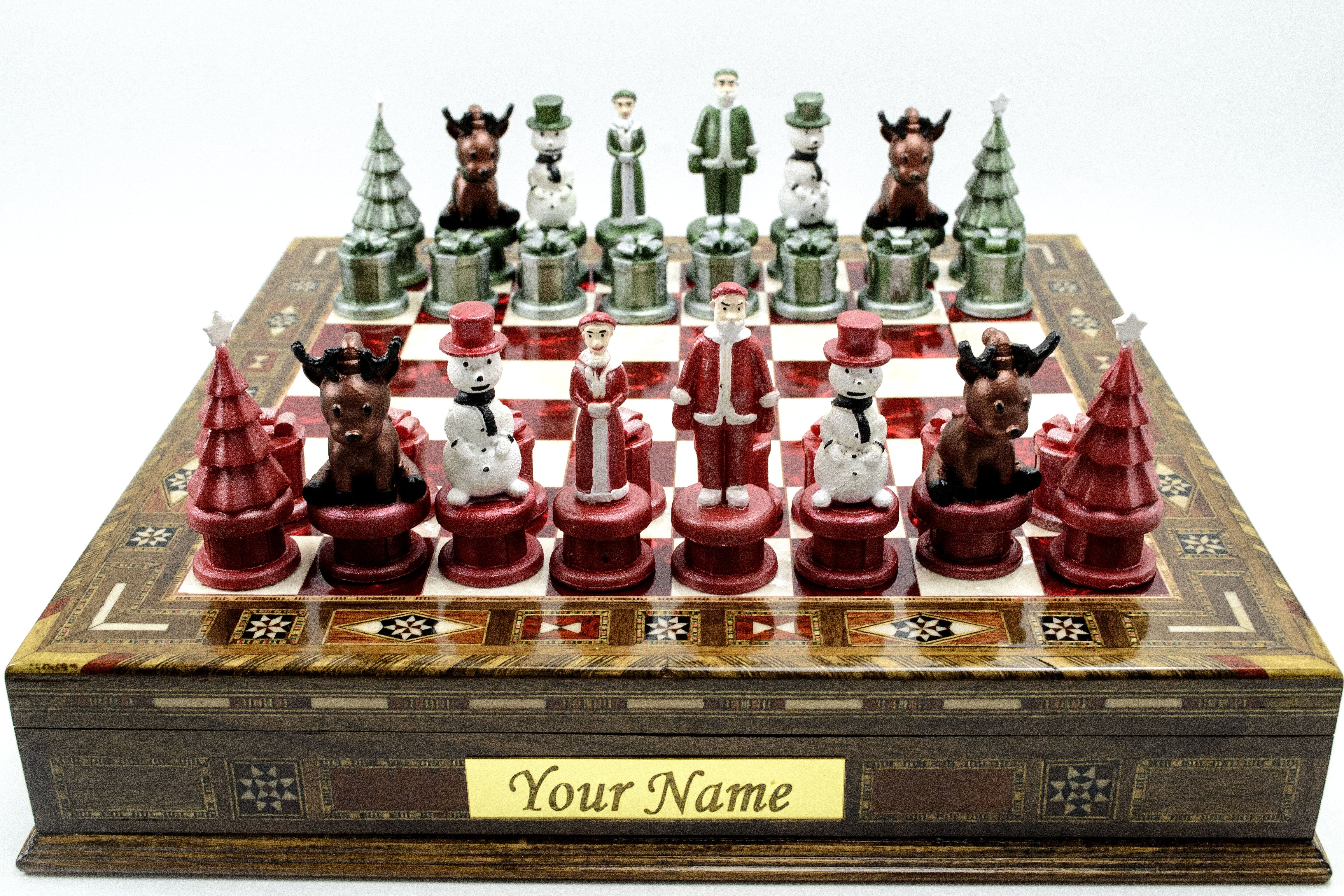




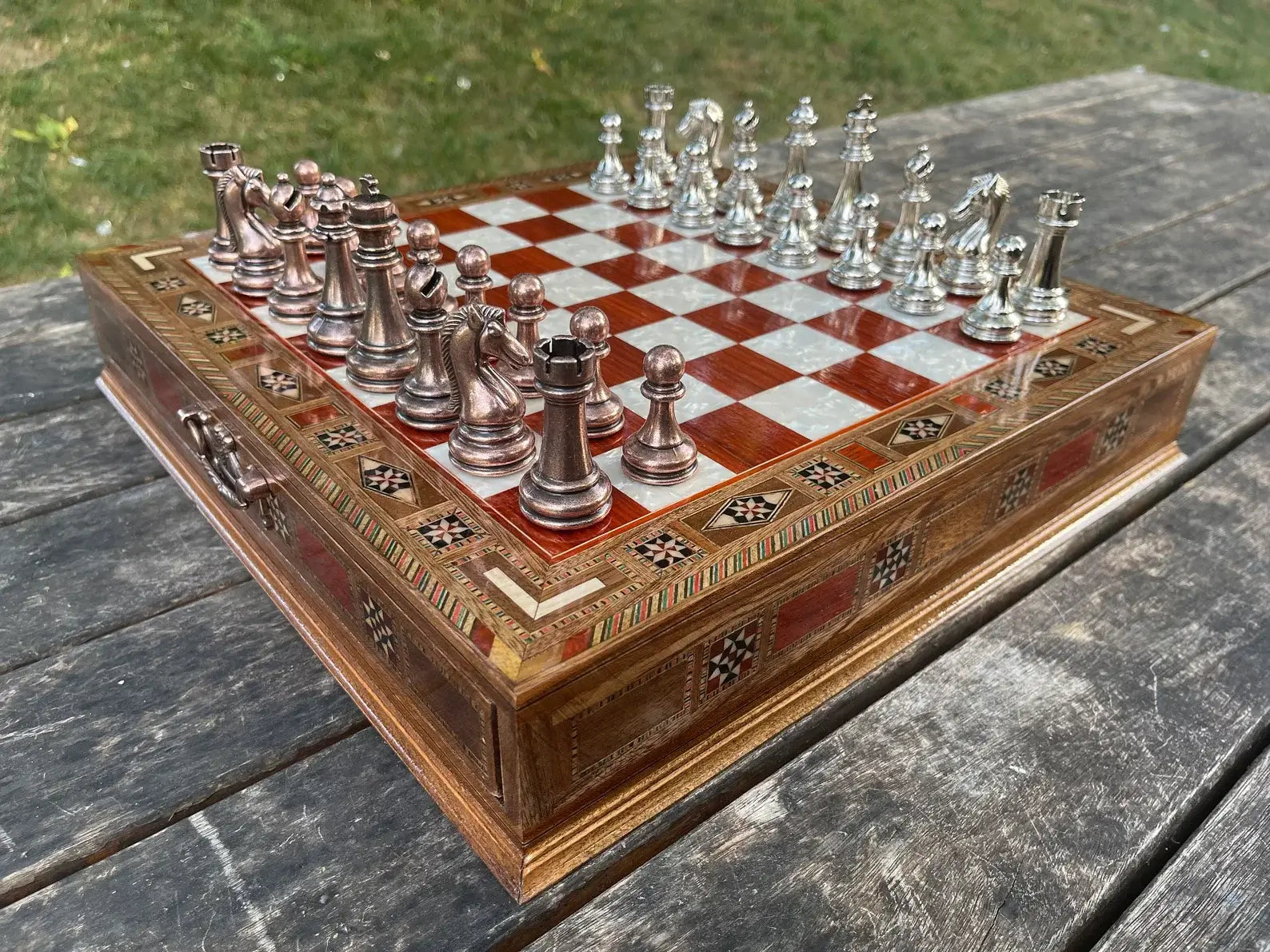
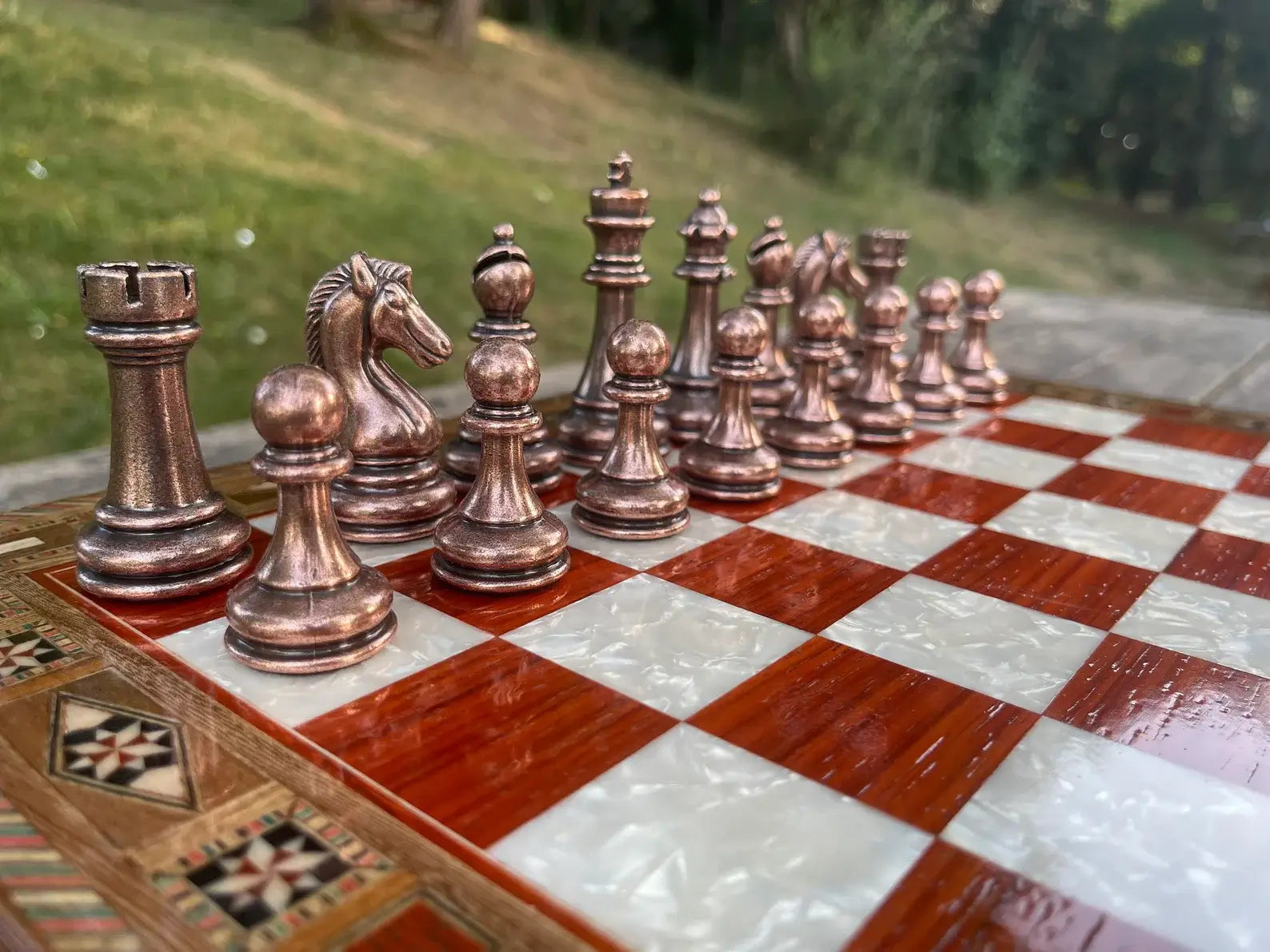
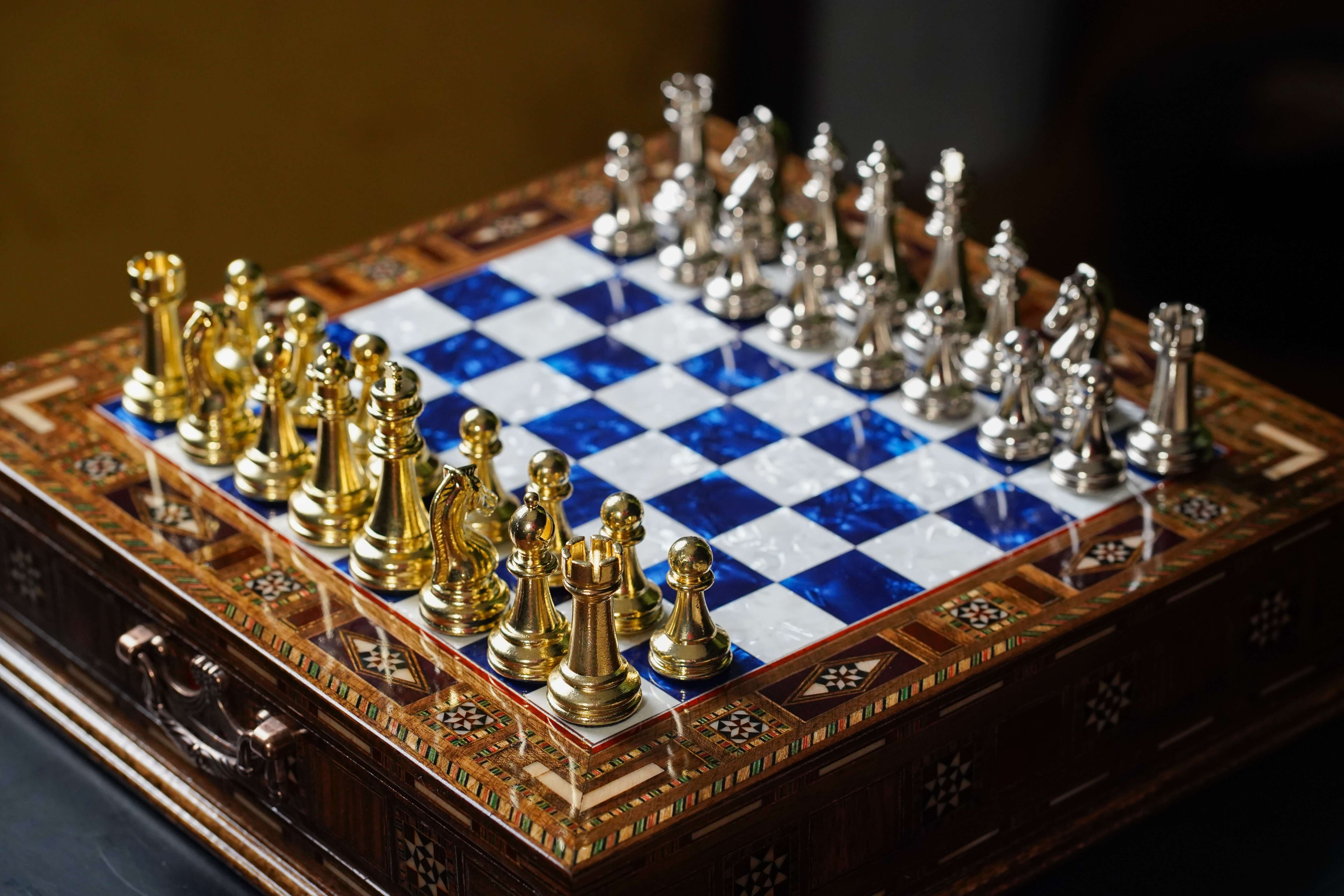
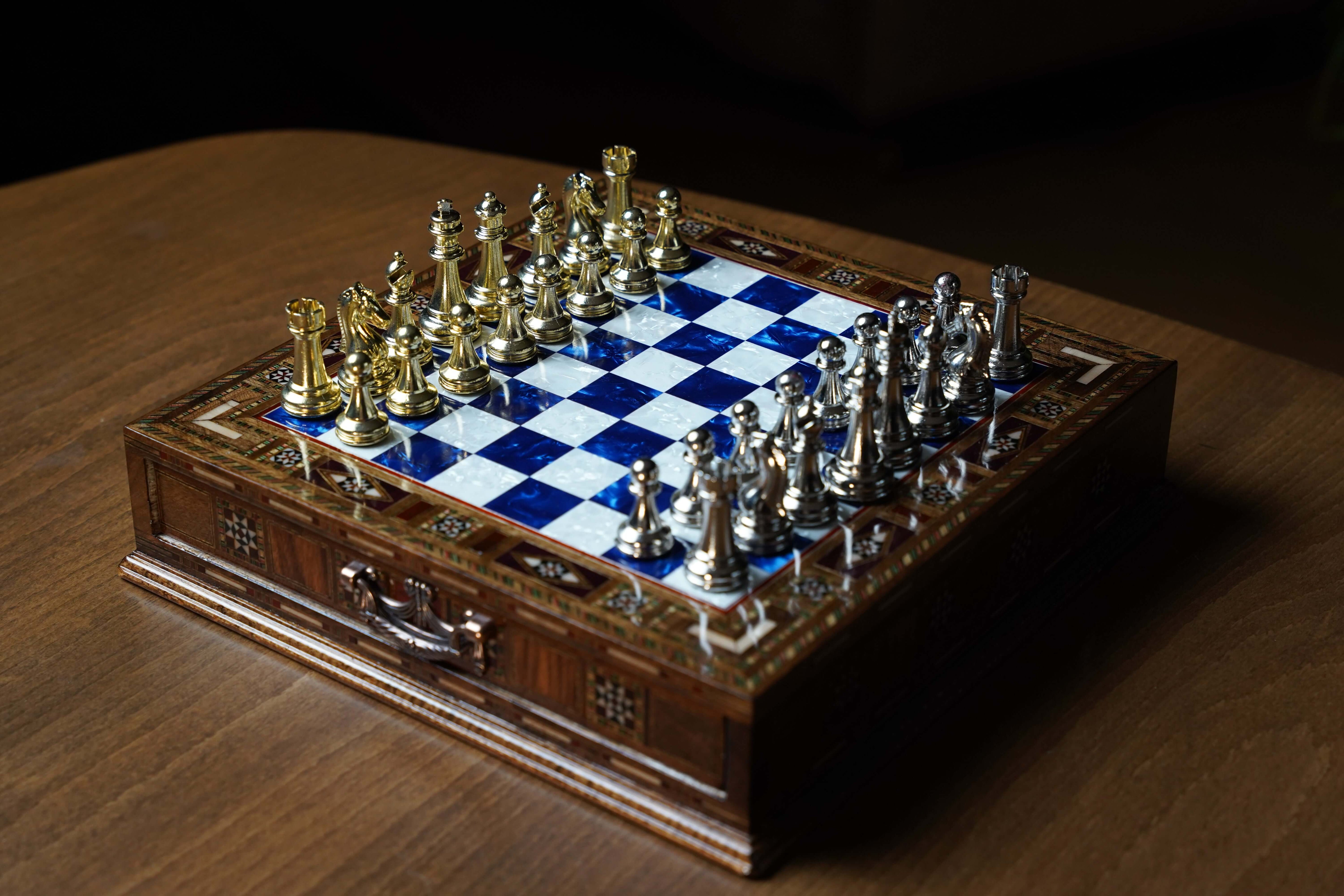
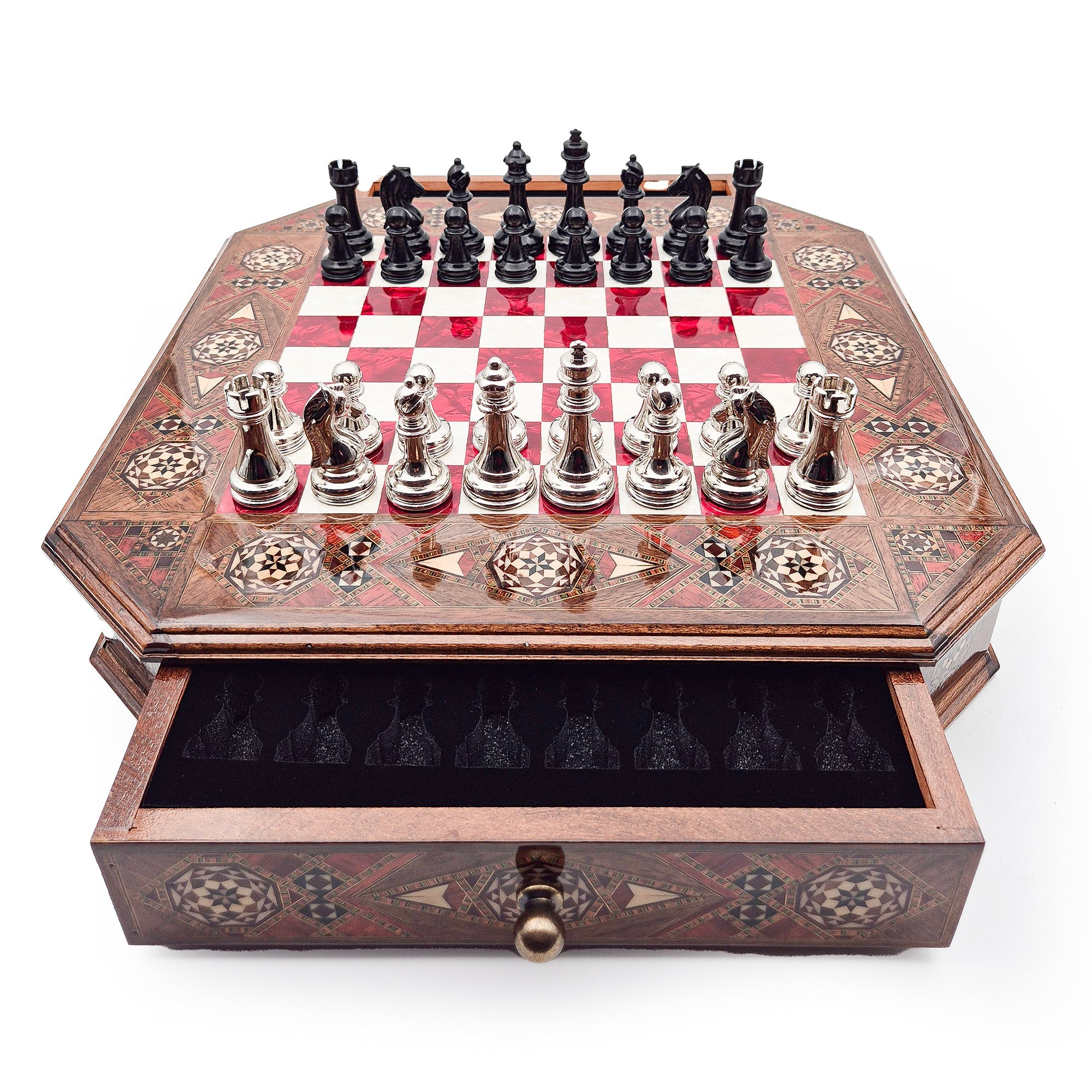
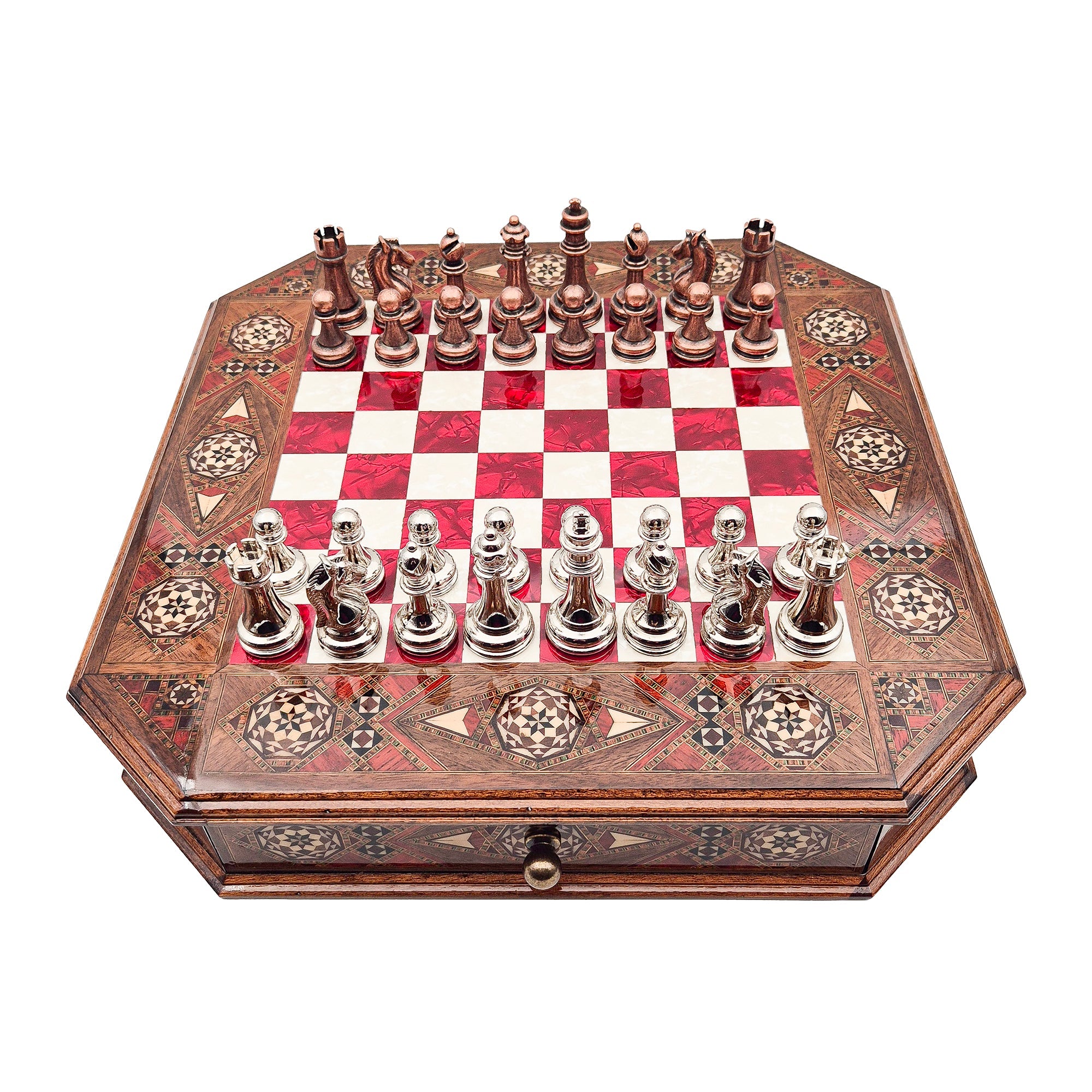
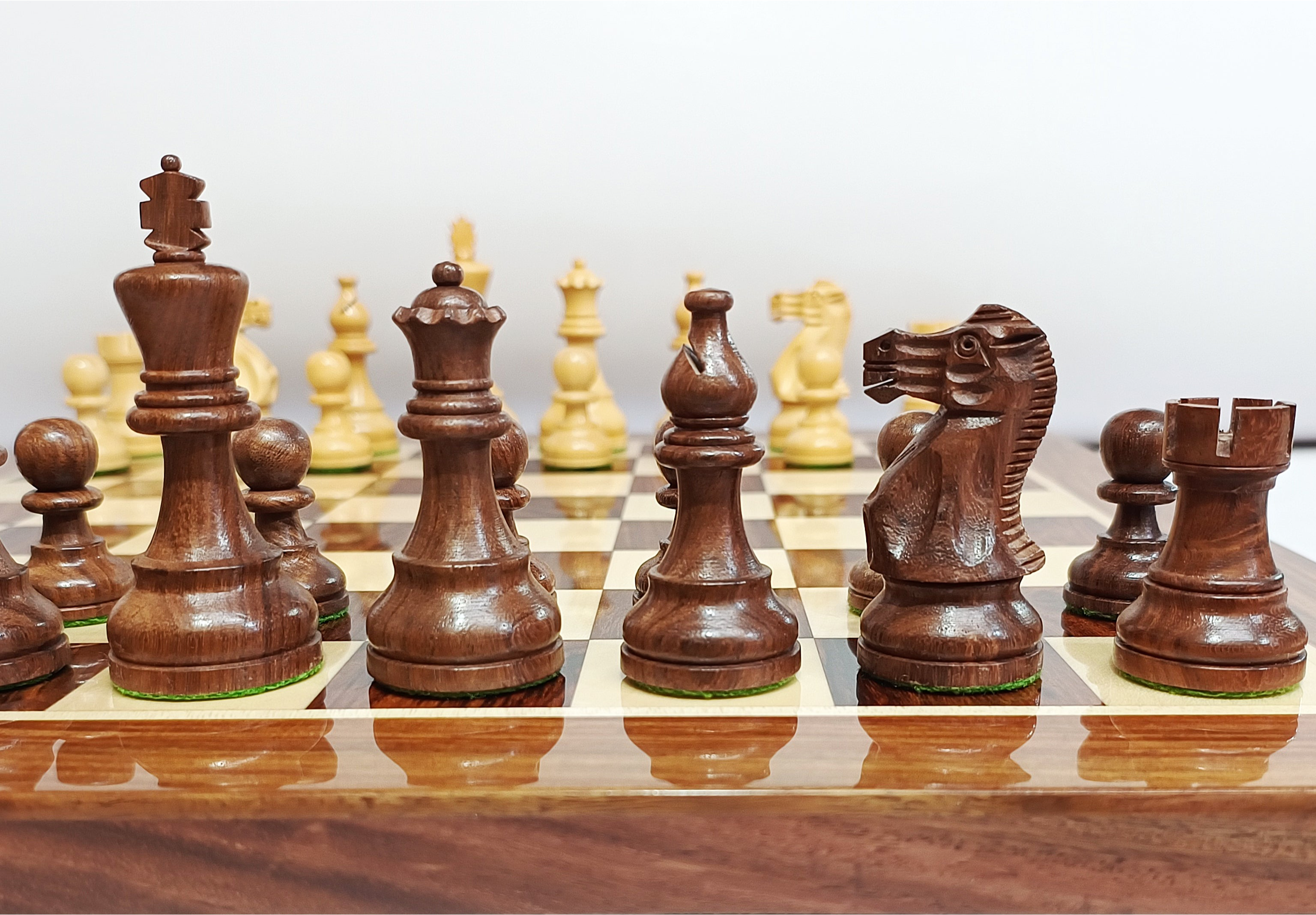

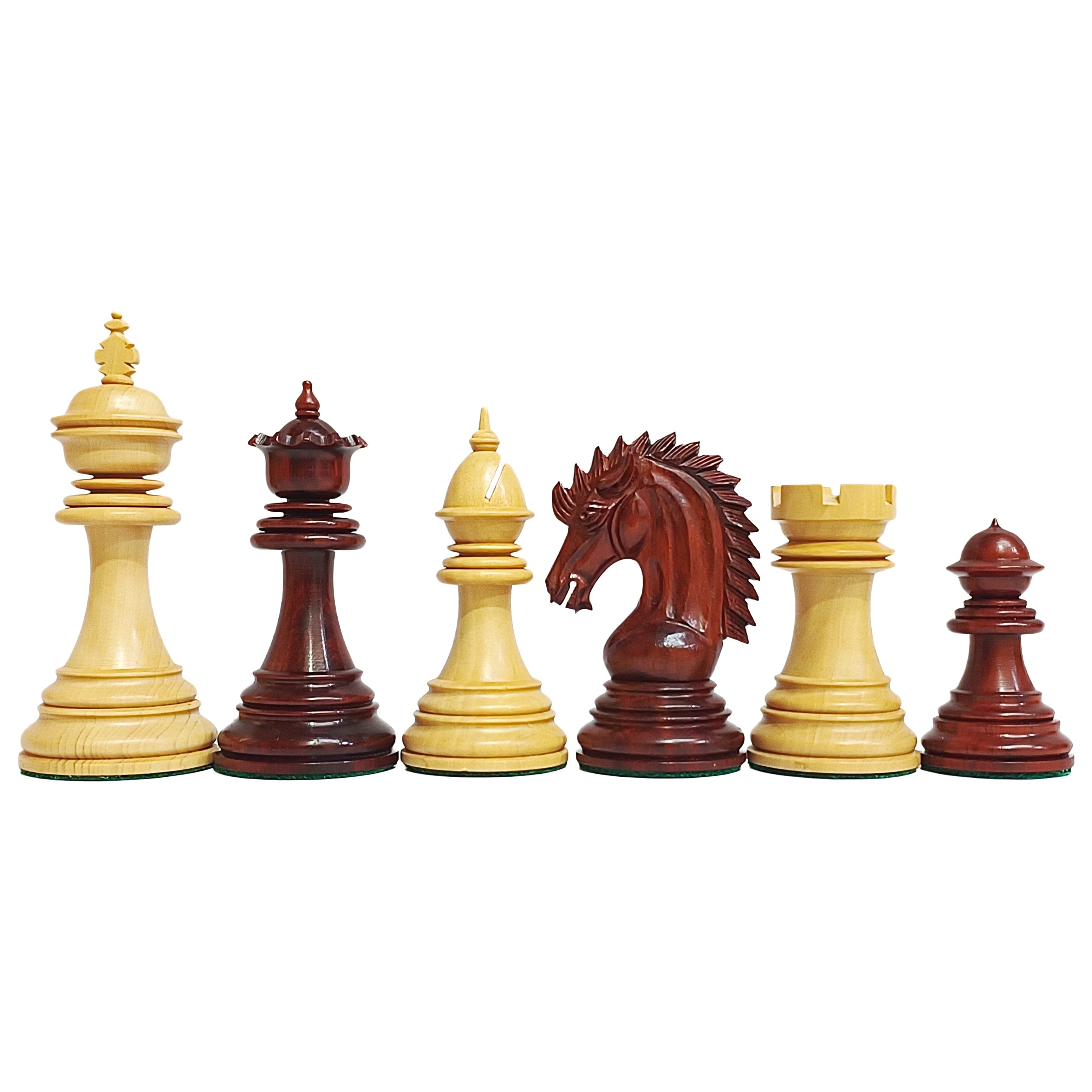
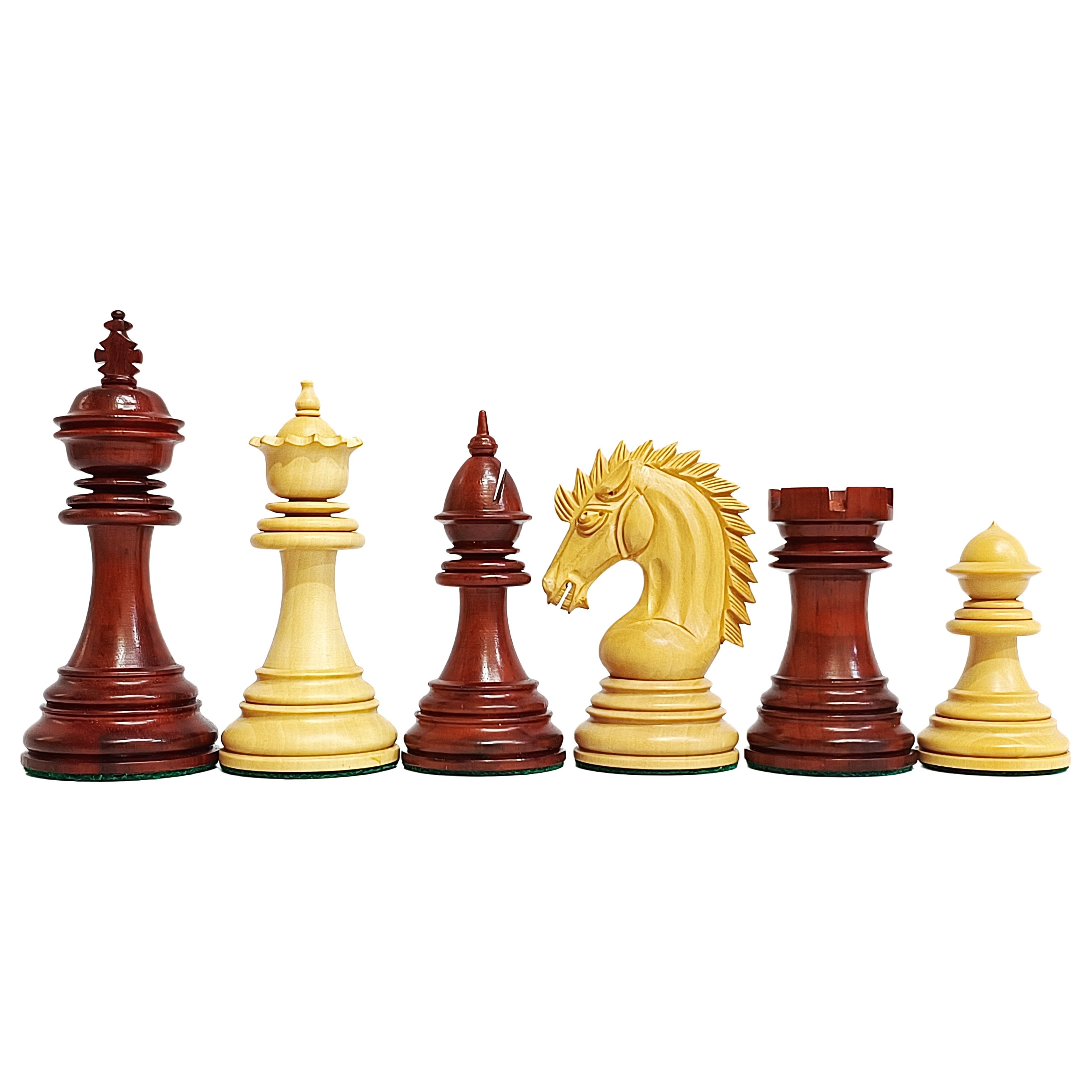


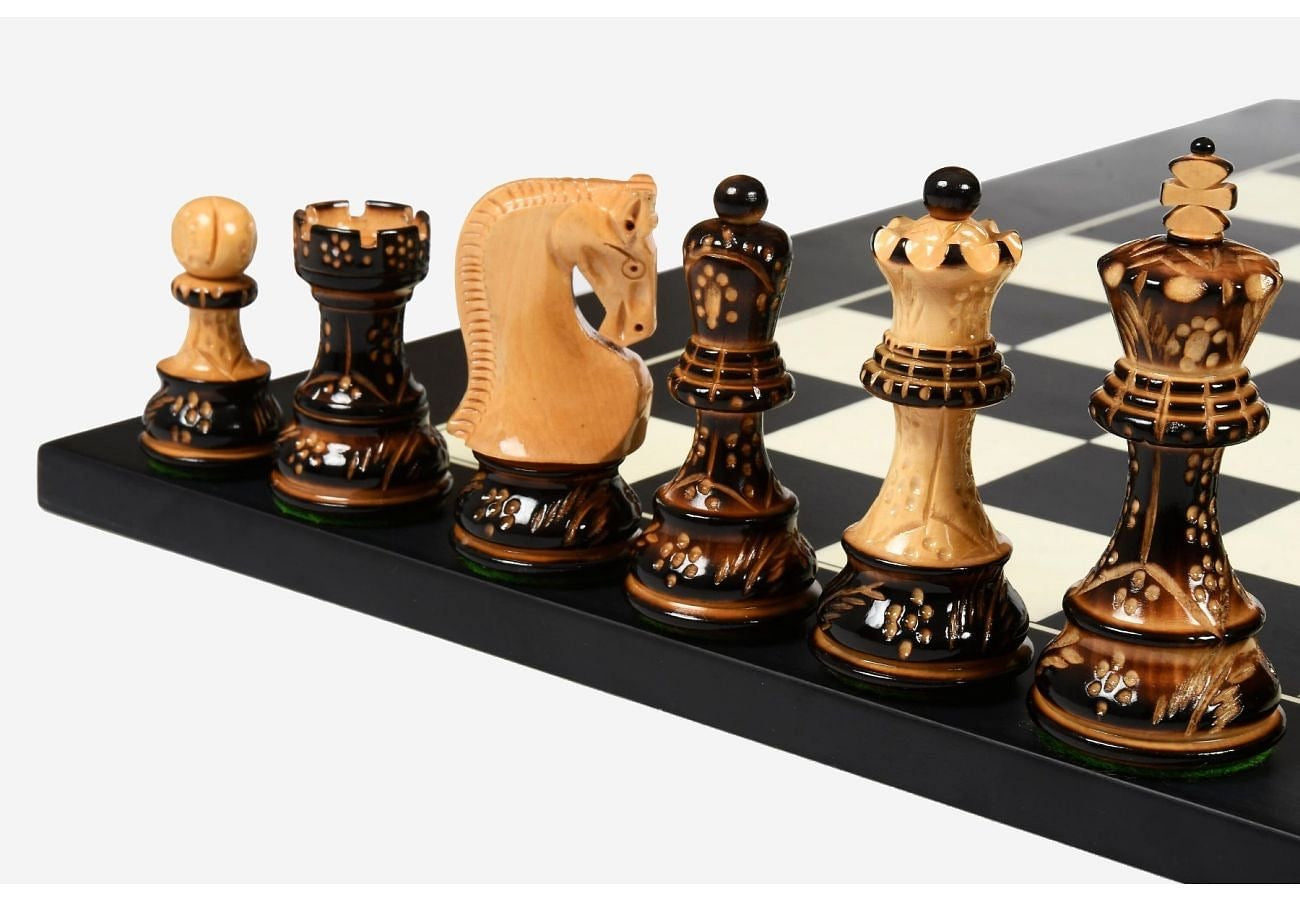
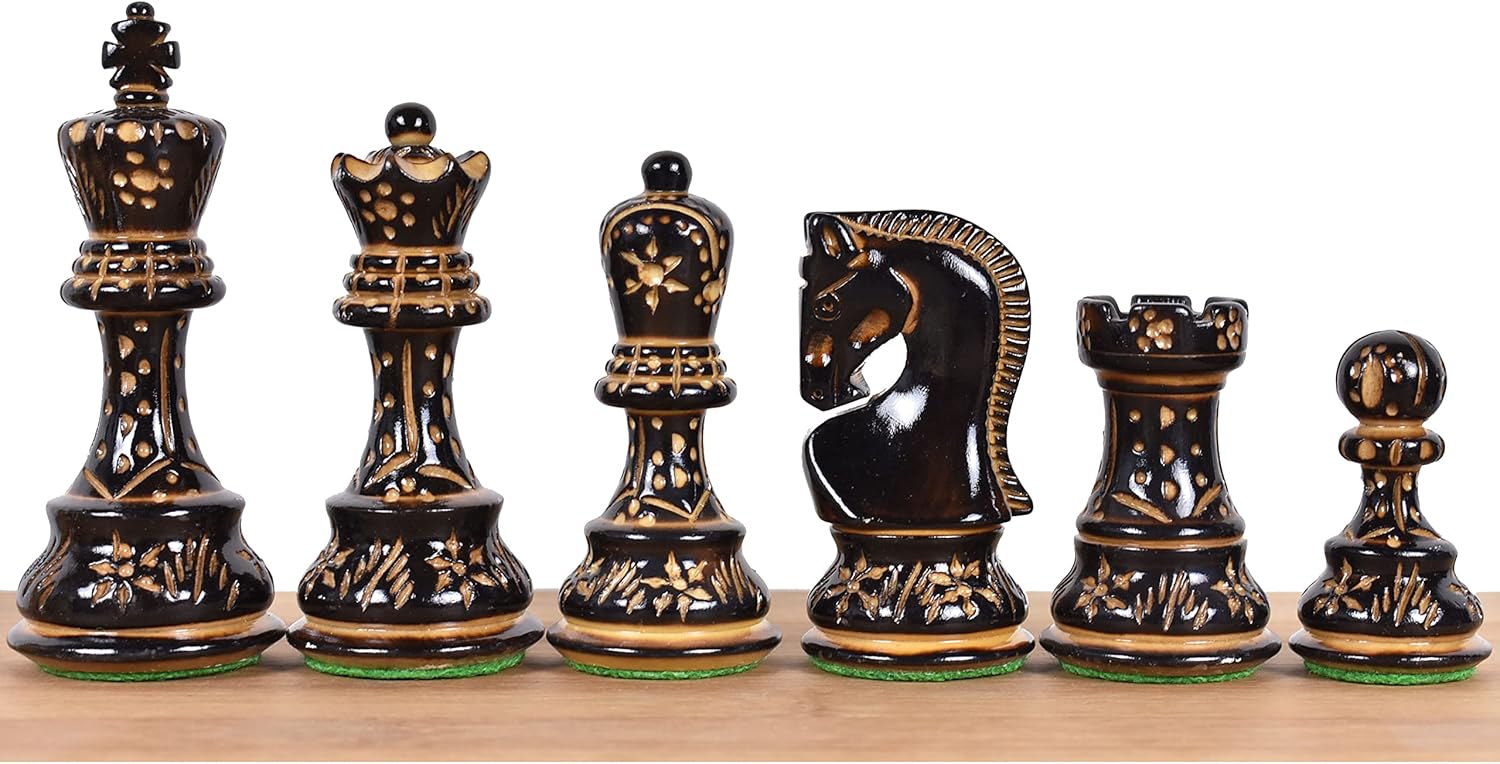
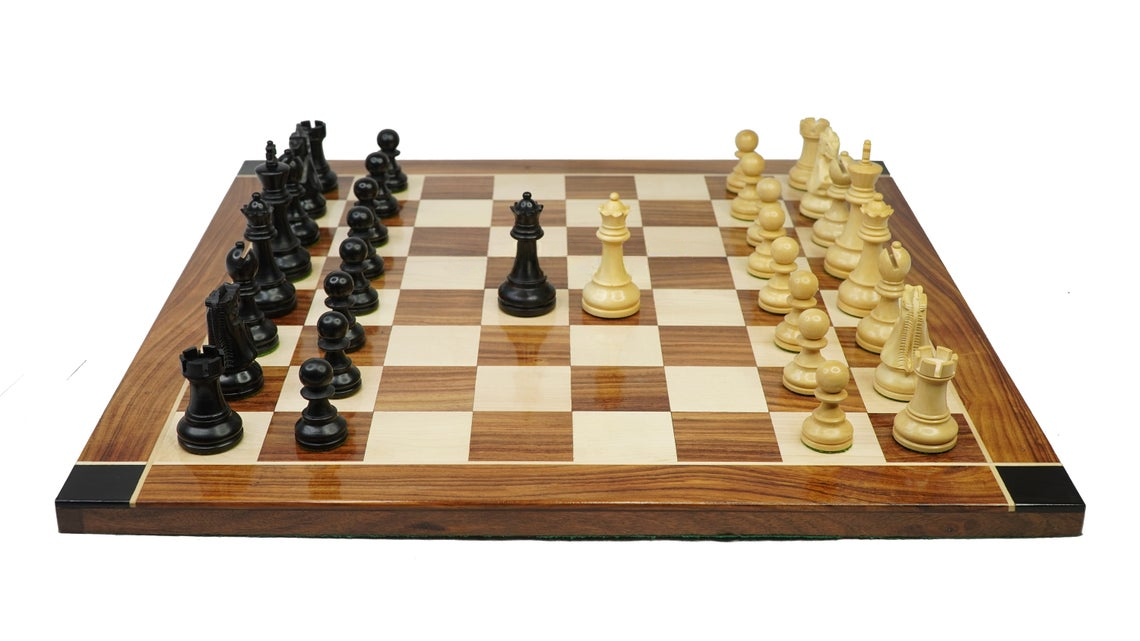

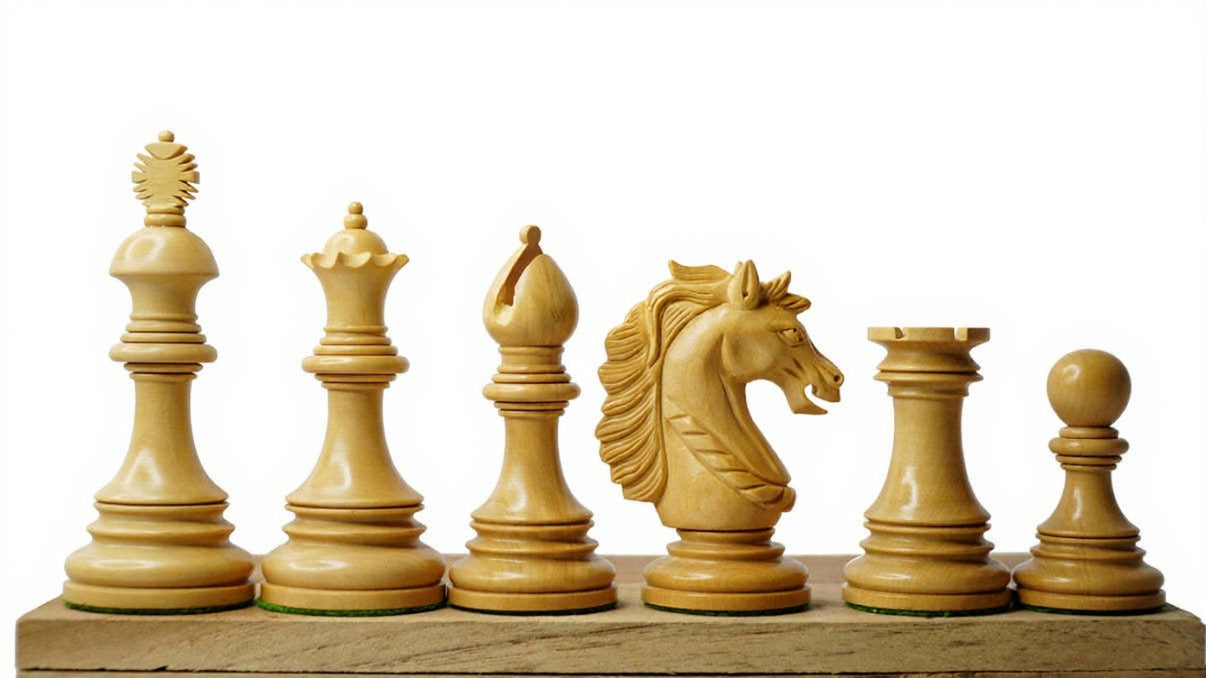
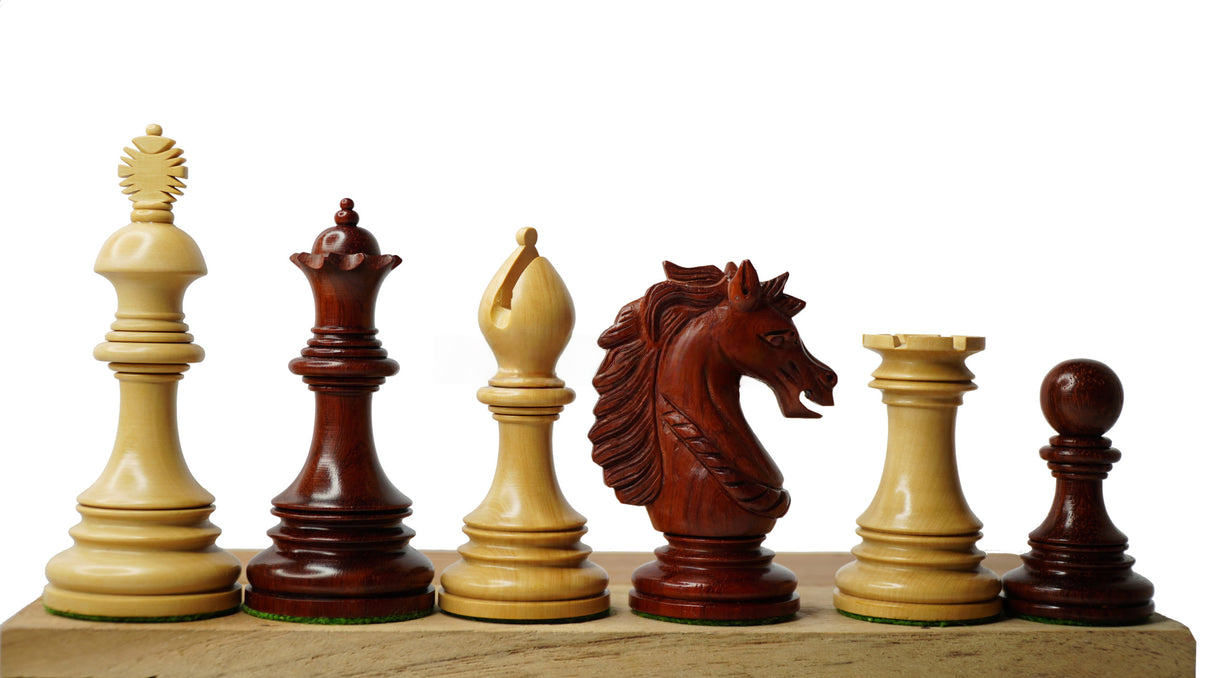
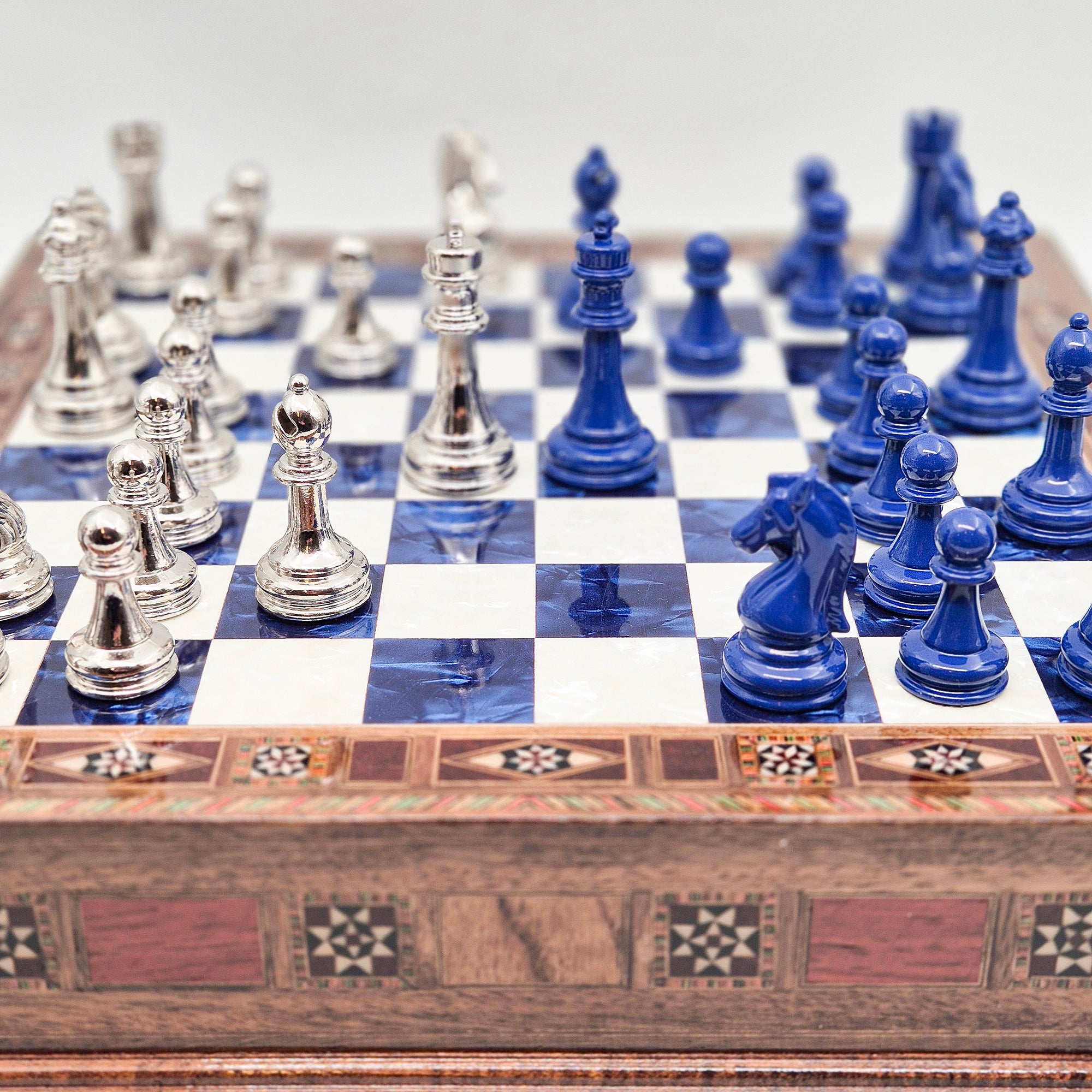


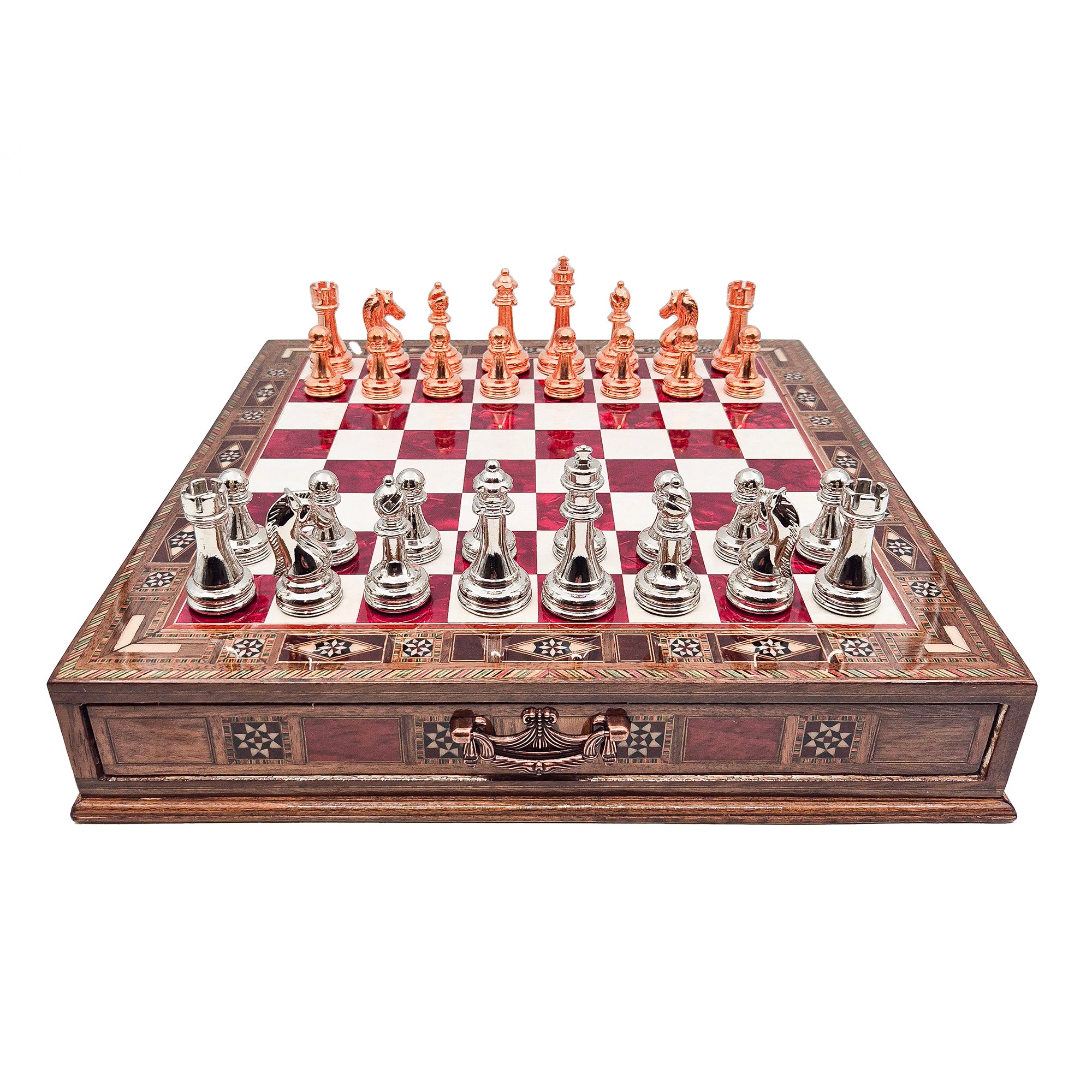
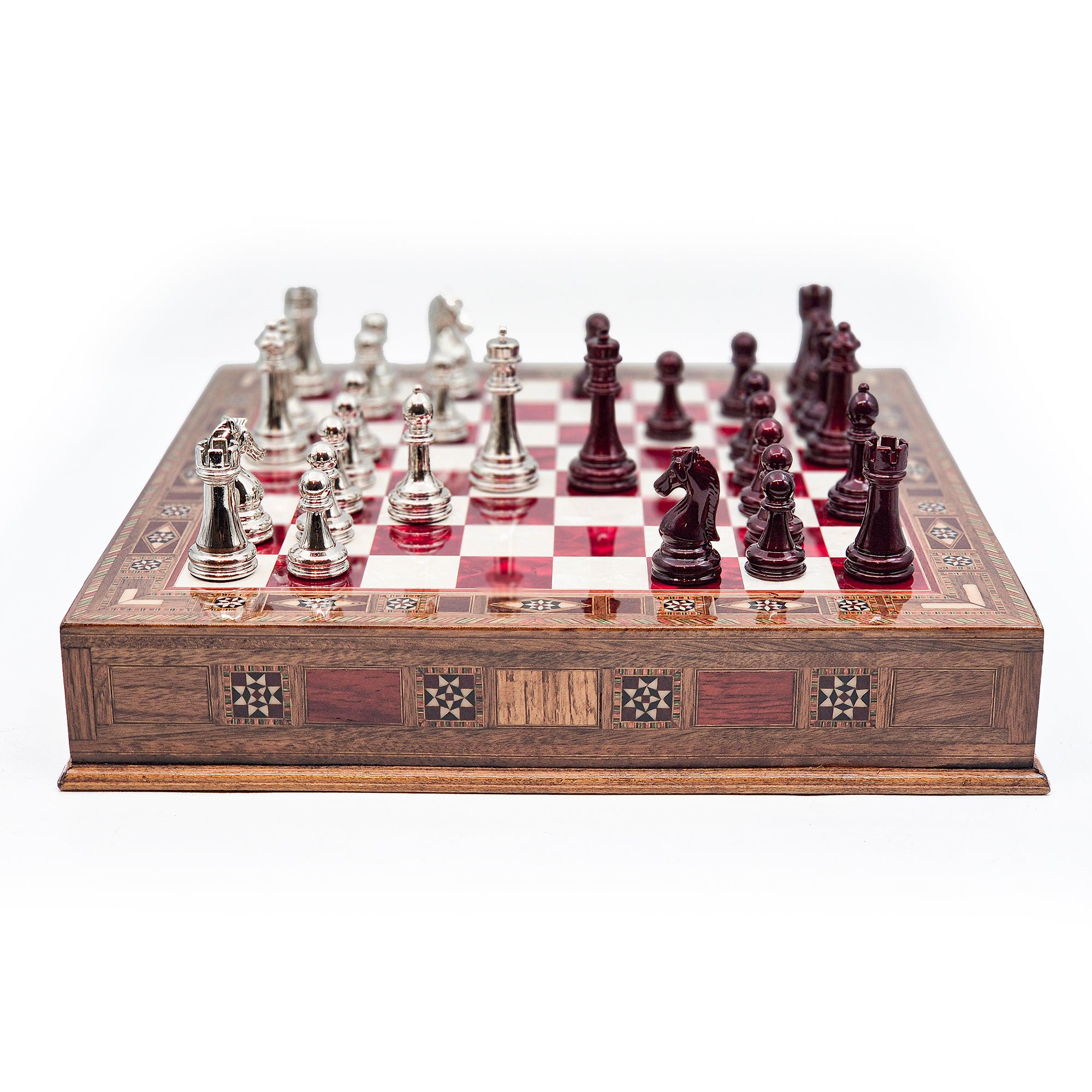
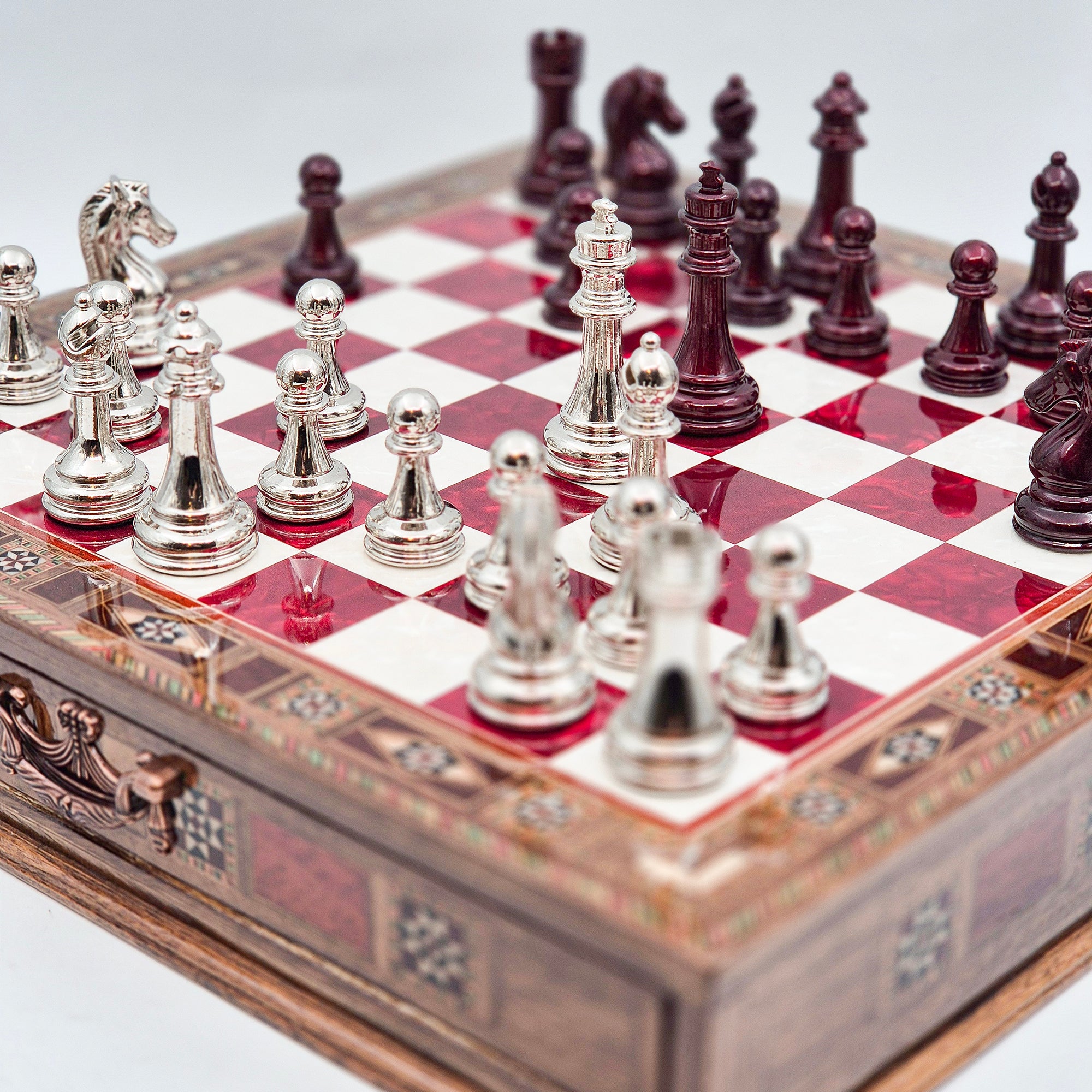
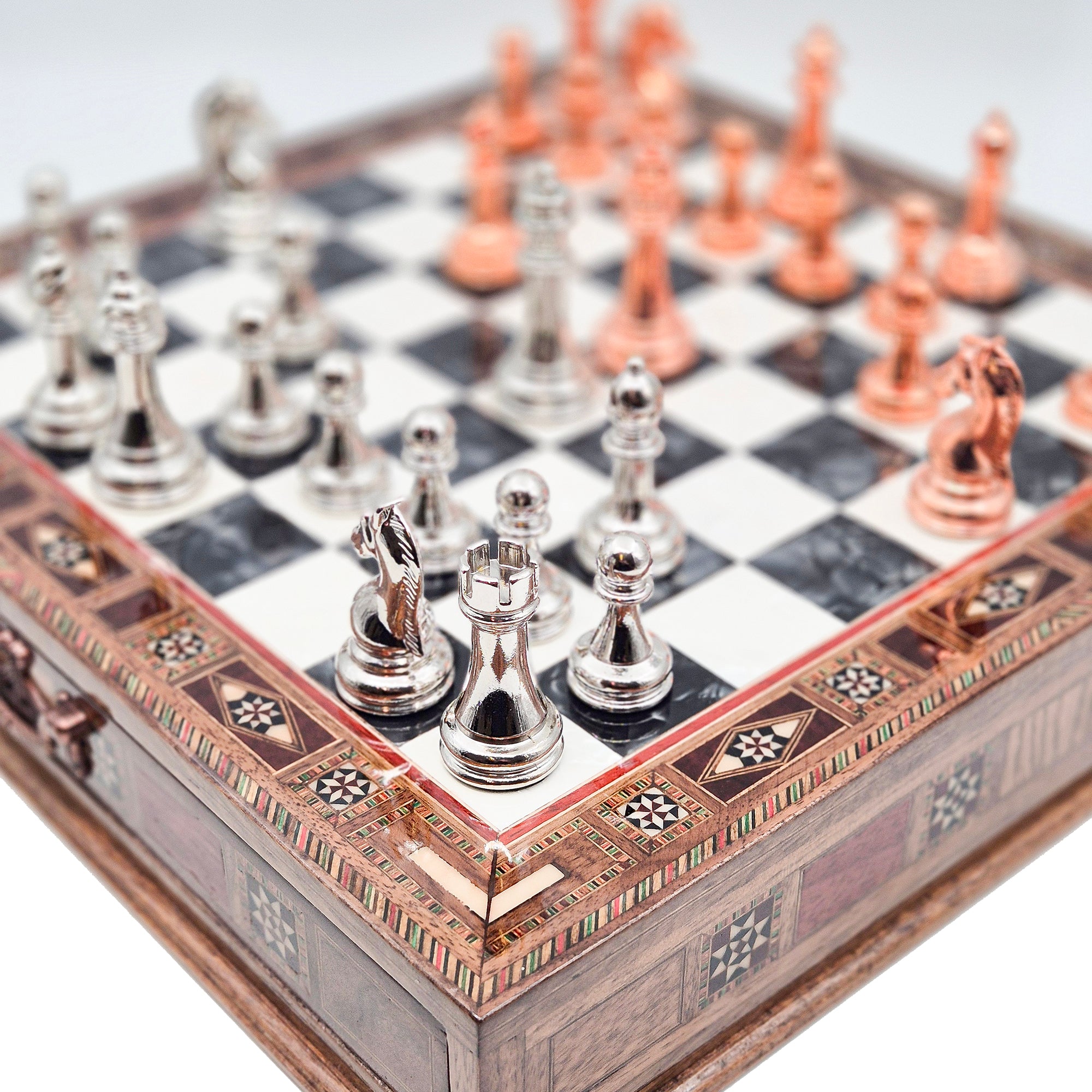
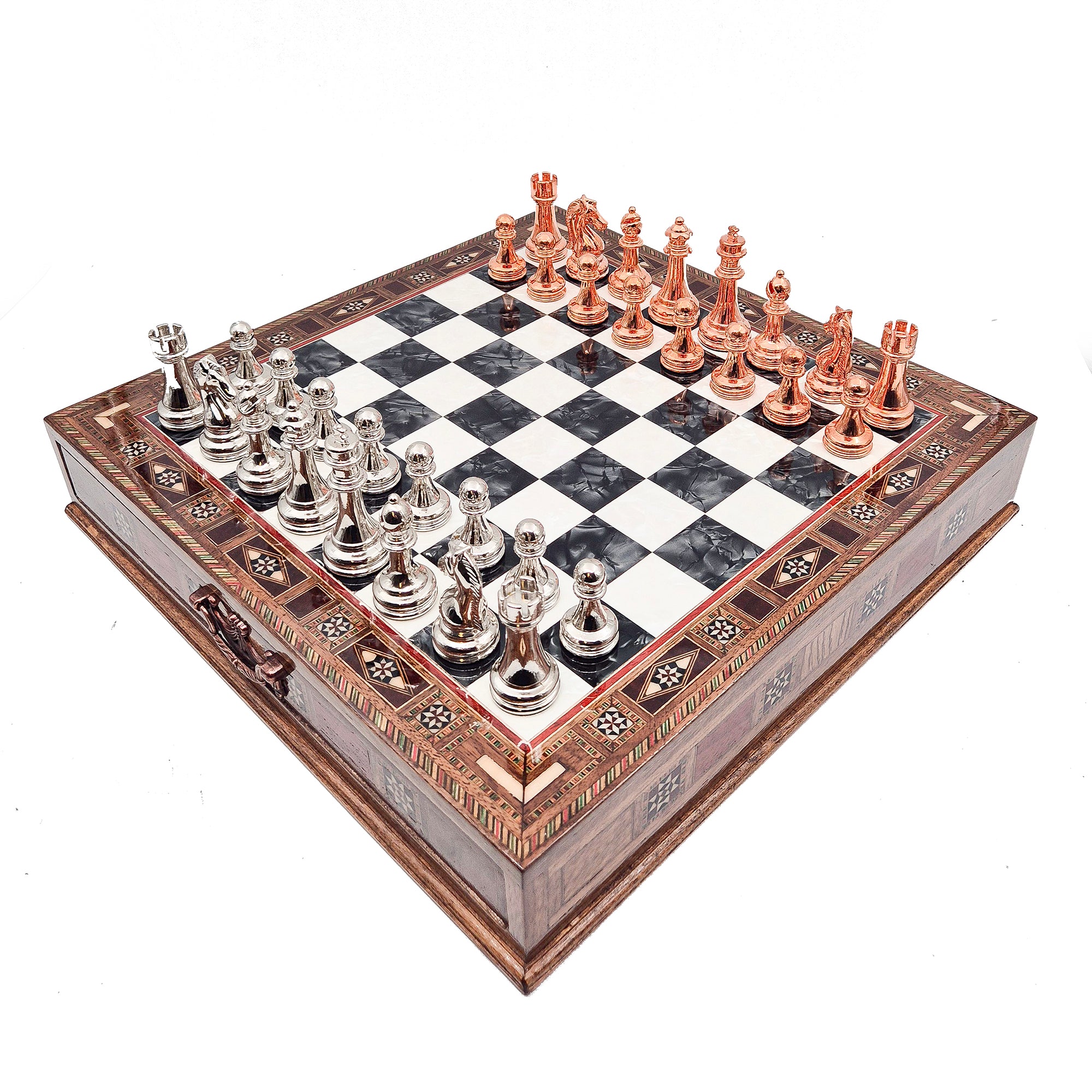


Leave a comment
All comments are moderated before being published.
This site is protected by hCaptcha and the hCaptcha Privacy Policy and Terms of Service apply.